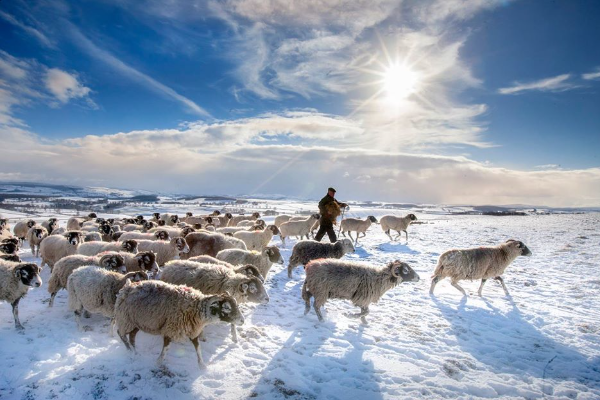
Pregnancy Toxemia (Ketosis)
Pregnancy disease is the most common metabolic disease of sheep and goats. It affects improperly fed ewes in late pregnancy. Often it is observed in overly fat ewes and ewes in poor condition....
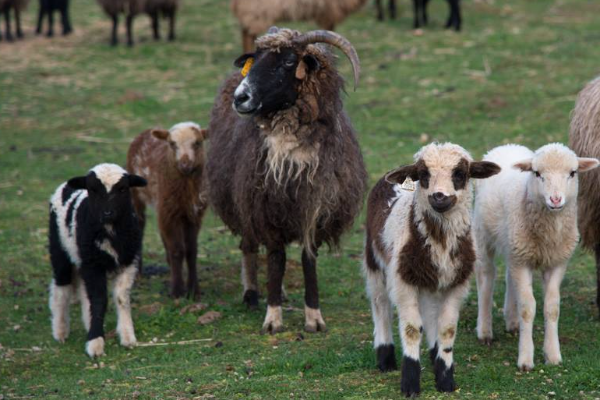
Polioencephalomalacia (Pem Or Star Gazing Disease)
Polioencephalomalacia (Pem Or Star Gazing Disease, the first signs are listlessness and a loss of appetite, affected sheep will separate from the rest of the mob, appear blind and either wander aimlessly or stand still....

Pneumonia
Pneumonia is caused by the complex combination of an infectious agent, compromised sheep immunity (weaners are most susceptible) and environmental conditions, especially hot, dry, dusty conditions. Affected sheep may develop a cough, nasal discharge and m...
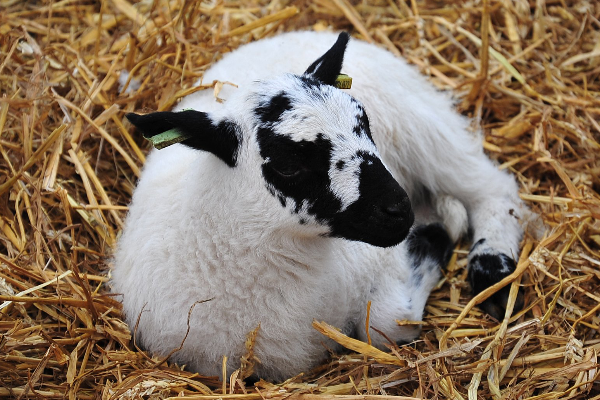
Pinkeye
Pinkeye antibiotic sprays and powders are readily available but a single use is generally ineffective....
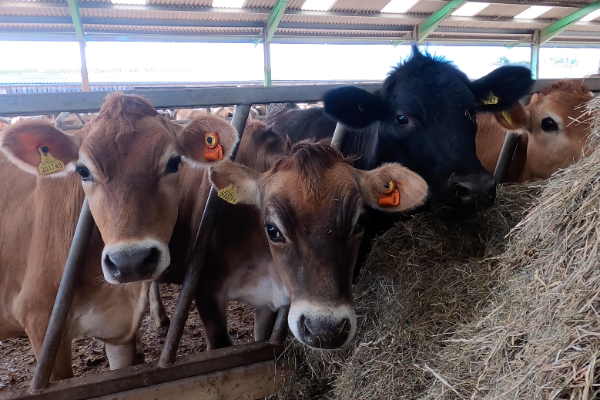
Pasture Bloat
Pasture Bloat, This condition results from over distension of the rumen by the normal gases of fermentation, which become trapped in the rumen contents and form a stable proteinaceous foam....
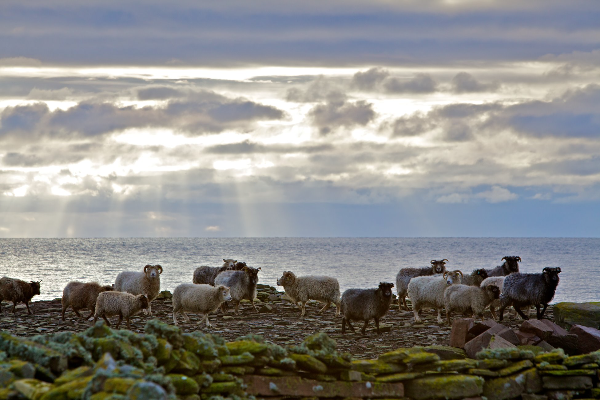
Pasteurellosis
Pasteurellosis affects all ages of sheep and causes significant losses to the sheep industry. Disease is often very acute, with animals found dead. Pasteurellosis is often triggered by stress, which may be increased by: Management activities (dipping, c...
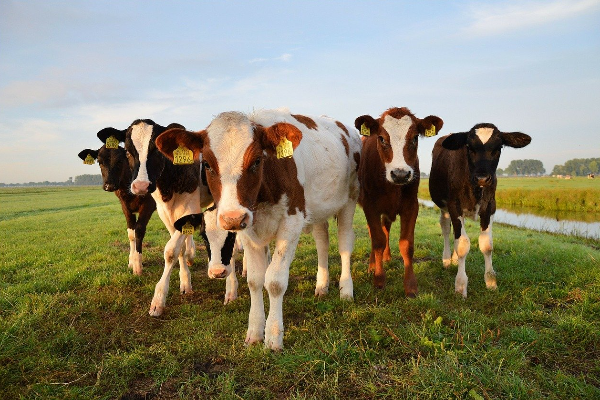
Parasitic Gastroenteritis (Gut Worms)
Once parasitic gastroenteritis (gut worms) infection builds up, cattle become progressively ill-thriven, which has serious economic and welfare implications....
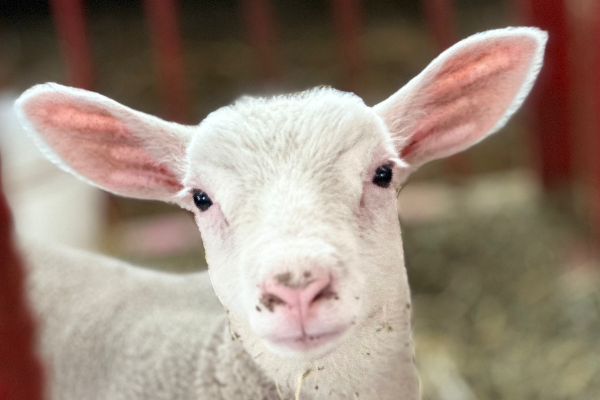
Orf (Contagious Pustular Dermatitis)
Orf is a highly contagious skin condition, which affects mainly young animals in their first year of life. Orf causes production losses due to periods of poor growth in lambs and increased risk of secondary infections....
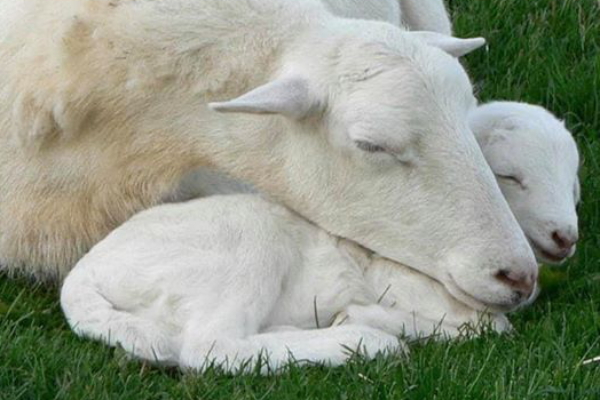
Mineral Deficiencies
Minerals are required in a sheep’s diet in different quantities. Trace elements are needed in very small quantities but are essential for the maintenance of health. Others, such as calcium and phosphorus, are required in larger quantities....
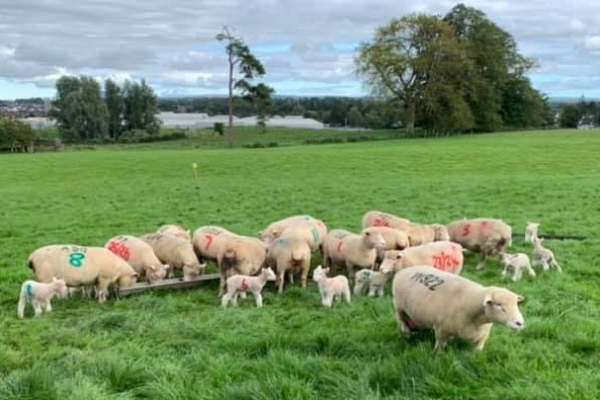
Mange
Mange is the term used to describe infection by mites, microscopic relatives of spiders. They inhabit and damage the skin of domestic animals and man. Problems are most frequently seen in the autumn and winter but can occur all year round....

Written by
H Cetin KATIRCI
Ask for Help From Our Community
IllnessesMore
Forage cropsMore
![]() Патологическая физиология голодания Arina TARAN
Патологическая физиология голодания Arina TARAN![]() Дефицит фосфора (гипофосфатемия) Hipofosfatemi Arina TARAN
Дефицит фосфора (гипофосфатемия) Hipofosfatemi Arina TARAN![]() Какие бывают кормораздатчики для ферм КРС? Irina Makarova
Какие бывают кормораздатчики для ферм КРС? Irina Makarova![]() Кормушки для овец Diana Myakisheva
Кормушки для овец Diana Myakisheva![]() Питание домашних коз: что едят, виды корма и правила кормления Alina Arslantürk
Питание домашних коз: что едят, виды корма и правила кормления Alina Arslantürk![]() Важность минералов питании сельскохозяйственных животных Irina Makarova
Важность минералов питании сельскохозяйственных животных Irina Makarova












